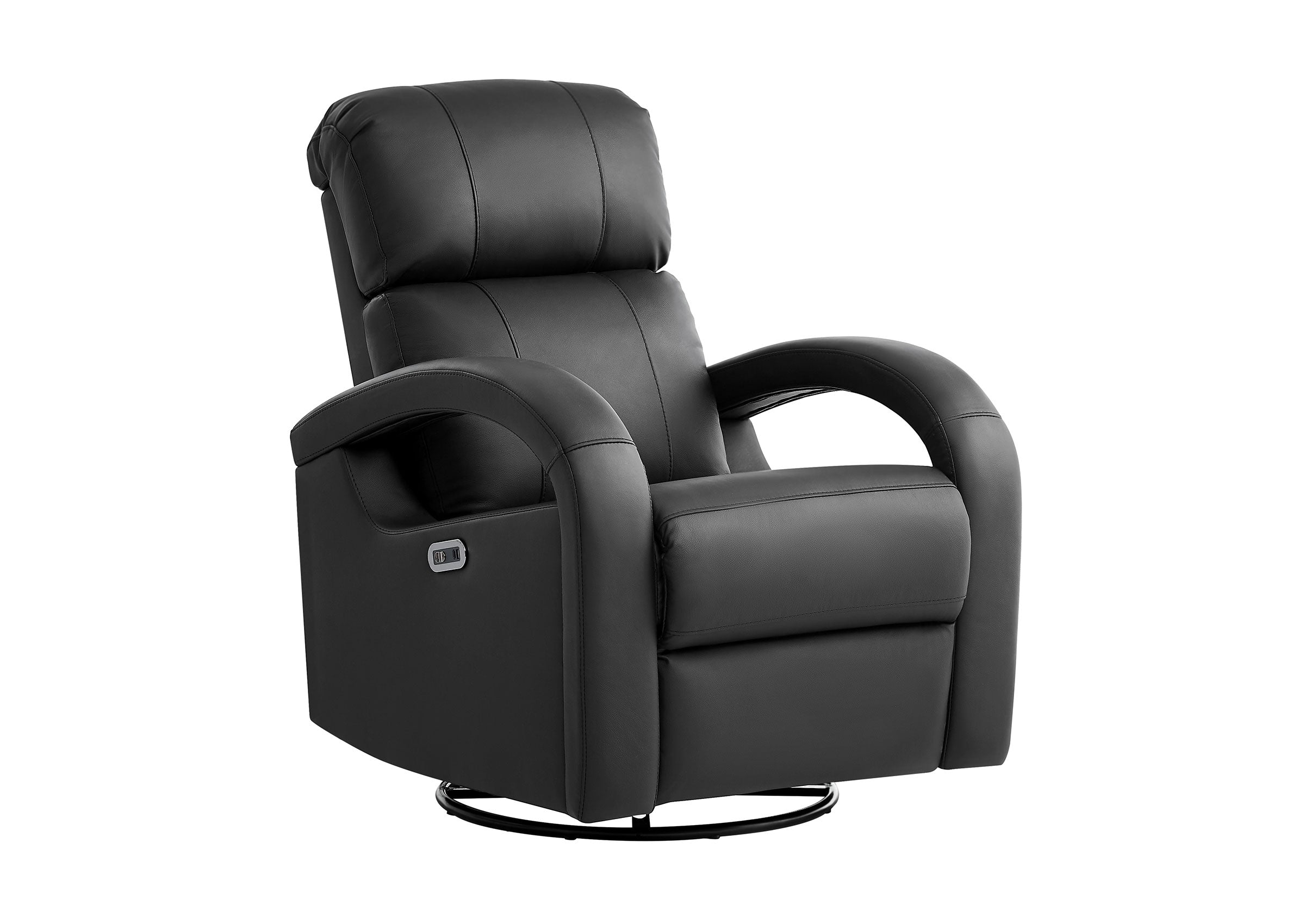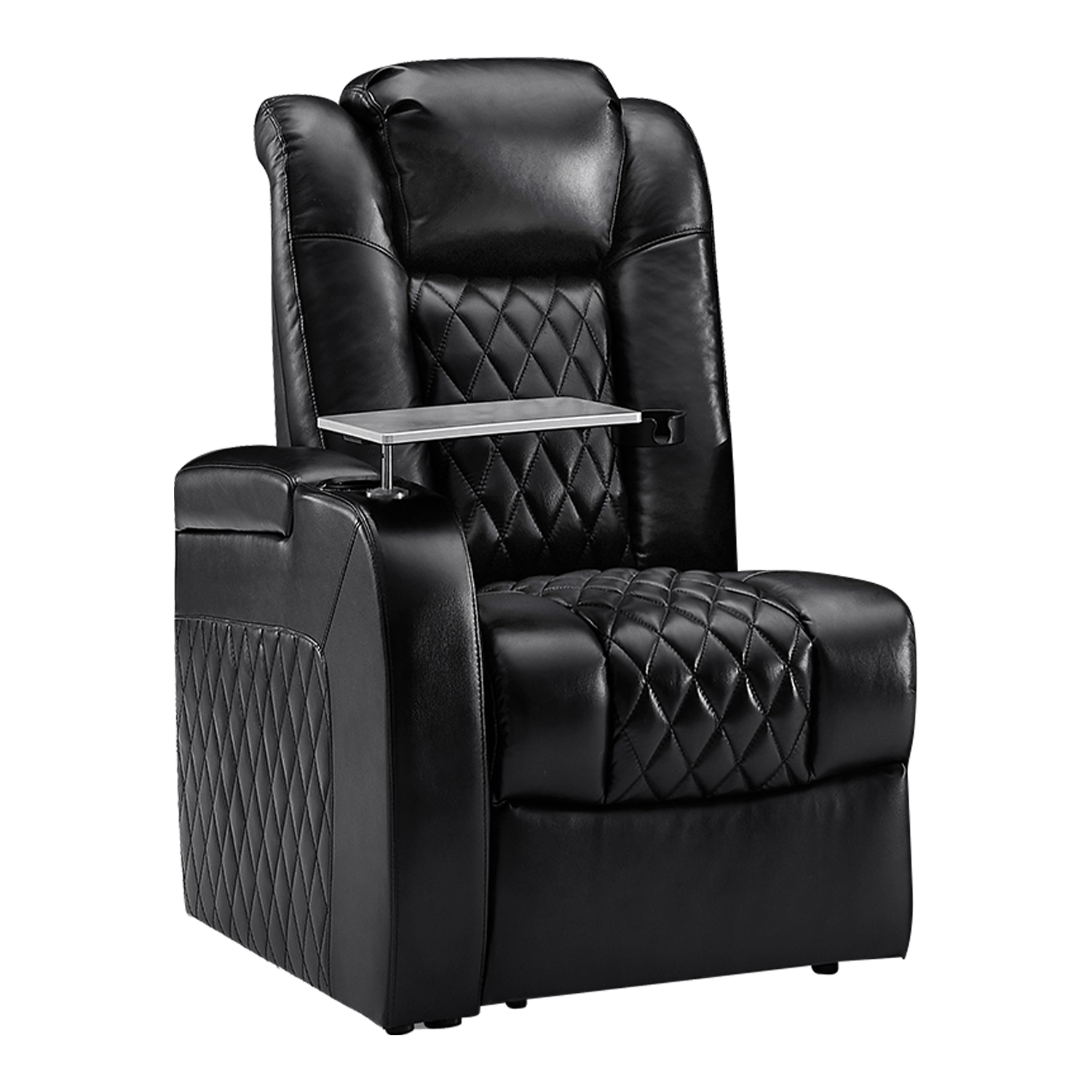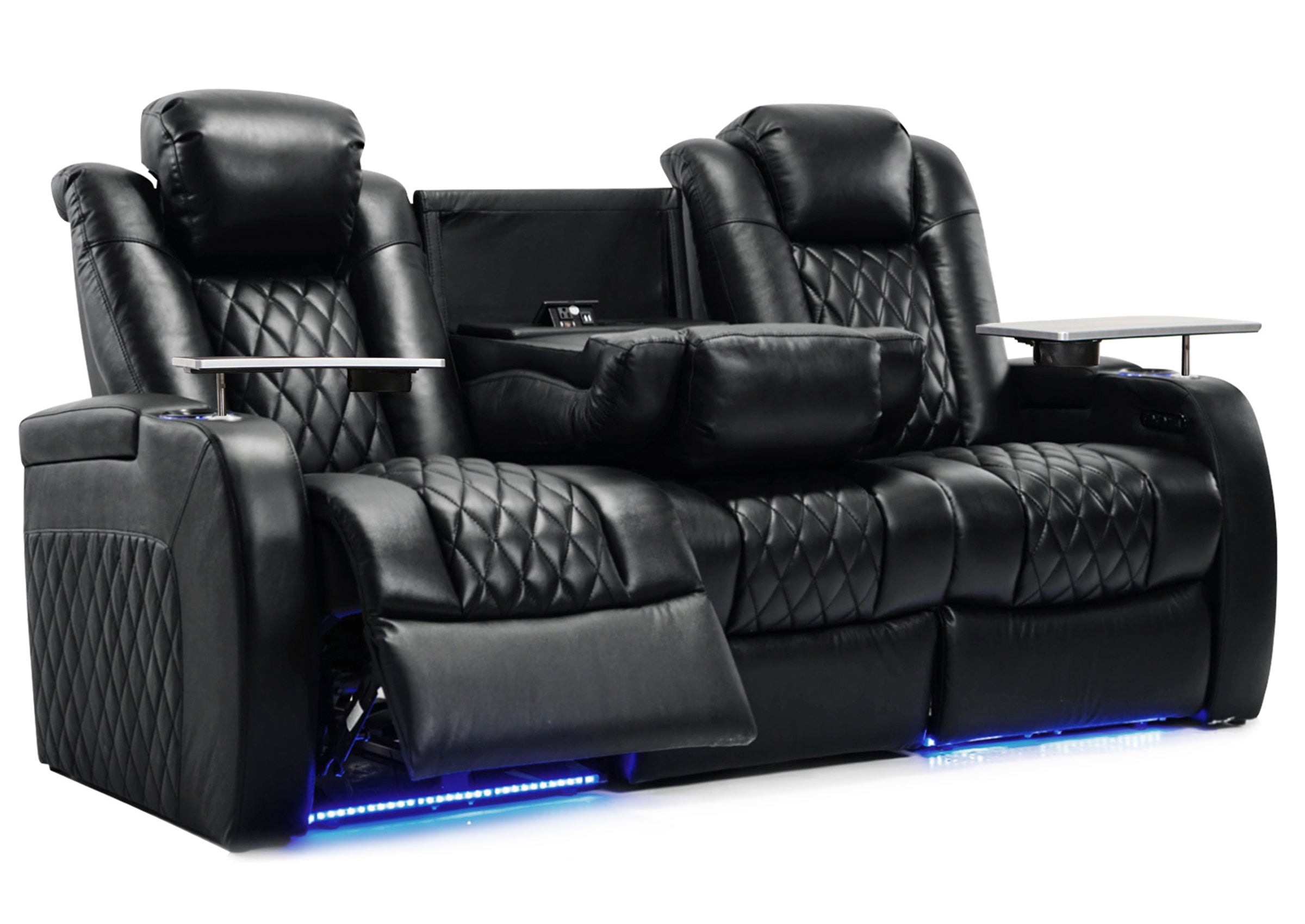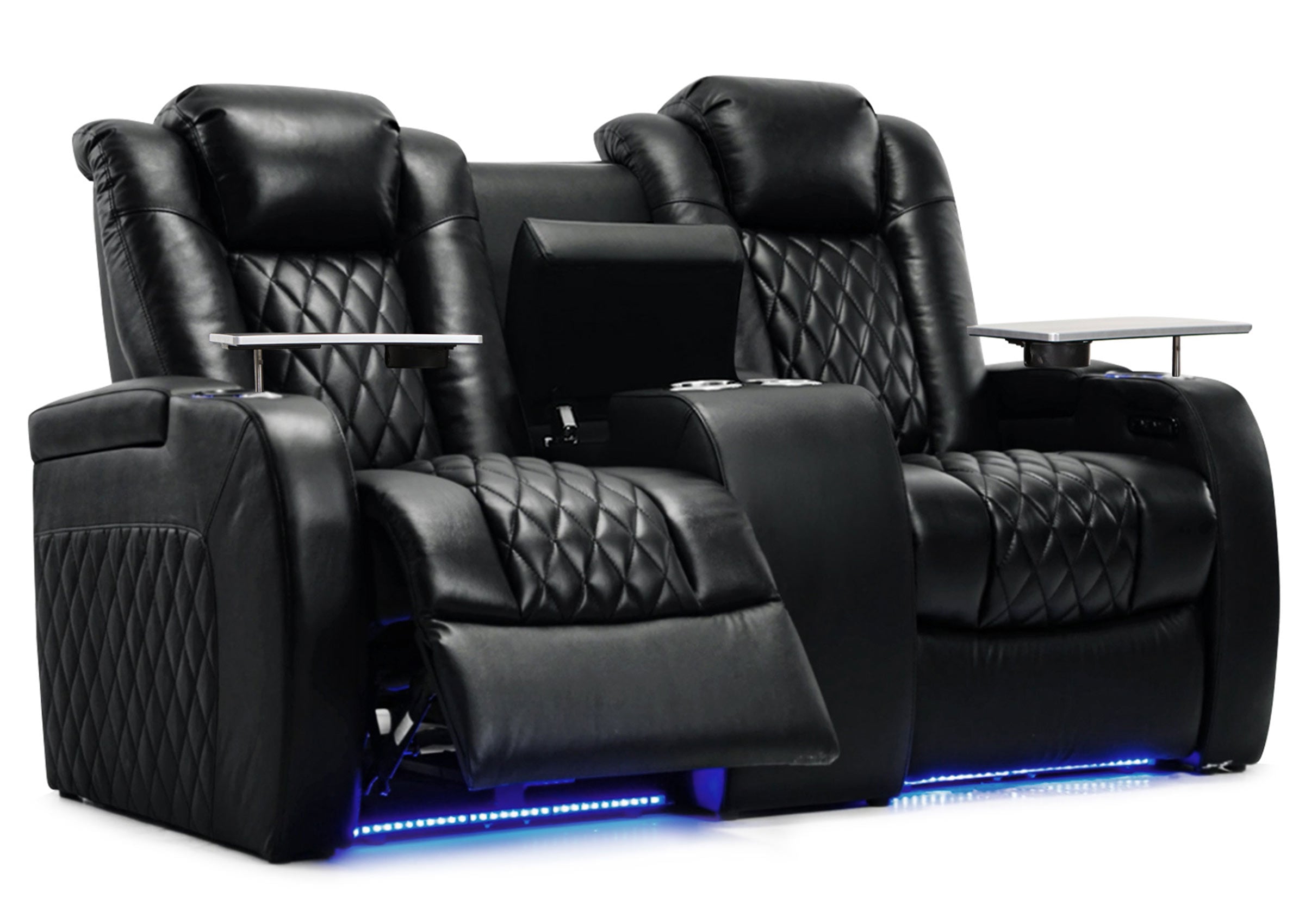Ever been jarred out of a suspenseful movie scene by the sound of a passing car or your neighbor's TV? Such interruptions can shatter the illusion of being transported to another world—a feeling that lies at the heart of the home theater experience. This is where soundproofing becomes crucial. It's not just about keeping noise in; it's about creating an acoustic bubble where every sonic detail shines. Soundproofing transforms your home theater from a room with a big screen into an immersive cinematic environment. It allows you to crank up the volume without worry, ensuring that explosive action scenes and whispered dialogues are equally crisp and impactful.

Sound Dynamics in Home Theaters
The Basics of Sound Transmission and Acoustics
Sound is a form of energy that travels in waves. In a home theater, these waves move through air and solid materials like walls and floors. Understanding how sound behaves is key to effective soundproofing:
- Reflection: Sound bounces off hard surfaces
- Absorption: Soft materials soak up sound energy
- Diffusion: Scatters sound in different directions
Acoustics deals with how sound behaves in a space. Important factors include:
- Reverberation: How long sound lingers in a room
- Frequency response: How well different pitches are heard
- Sound localization: Ability to tell where sound is coming from
Common Challenges in Home Theater Soundproofing
- Outside Noise: Traffic, neighbors, or other external sounds can disrupt your movie experience.
- Sound Leakage: Keeping your theater's sound from bothering others is crucial.
- Room Resonance: Some frequencies may sound louder or softer due to room shape and size.
- Flutter Echo: Fast, repeating echoes caused by parallel walls.
- Bass Control: Low frequencies are hard to contain and can travel easily through walls.
By grasping these concepts, you'll be better prepared to create an effective soundproof environment for your home theater.

Pre-Construction Considerations
Before diving into soundproofing, it's crucial to make smart choices from the start. These early decisions can significantly impact your home theater's acoustic performance.
The ideal spot for your home theater isn't just about convenience—it's about sound isolation. Pick a room away from busy streets or household hubs. Look for spaces with solid walls and floors, as they offer better sound isolation. Avoid perfect squares or cubes, which can create problematic sound reflections. Basement theaters often work well due to their natural isolation, but any room can be adapted with proper planning.
Think of sound isolation as building a box within a box. Create a gap between the inner and outer walls to reduce sound transmission. Consider a floating floor—a layer of isolation between the subfloor and finished floor—to minimize vibrations. For ceilings, options like drop ceilings or resilient channels can help prevent sound leakage. It's easier and often cheaper to incorporate these elements during initial construction rather than retrofitting later.
How to Build Your Soundproof Home Theater
Now that we've planned, it's time to build your soundproof theater. This stage turns your vision into reality.
Insulation and Materials
Choosing the right materials is crucial for effective soundproofing:
- Walls: Use multiple layers of drywall with sound-dampening compound between them. This increases mass and reduces vibrations. Fill wall cavities with sound-absorbing insulation like mineral wool.
- Floors: Install thick underlayment beneath carpet to absorb sound.
- Ceilings: Use blow-in insulation to fill gaps and reduce noise transmission between floors.
Construction Techniques
Decoupling is a key concept in soundproofing. It means separating surfaces to prevent sound transmission:
- Use special clips or channels when attaching drywall to wall studs. This creates a flexible barrier that absorbs vibrations.
- For ultimate sound isolation, consider building a "room within a room." This involves constructing an inner shell with an air gap around it.
- Seal all gaps with acoustic caulk, as even tiny holes can let sound escape.
Balancing Function and Aesthetics
While focusing on soundproofing, don't neglect the visual appeal:
- Cover sound-absorbing panels with attractive fabric.
- Disguise bass traps (which control low frequencies) as corner pillars or artwork.
- Choose dimmable lights that don't buzz to create the right movie atmosphere.
- Choose the best color sets for your house theater and soundproofing.
Your careful selection of materials and proper construction techniques will culminate in a space that transcends a simple room, offering a truly immersive cinematic experience.

Acoustic Treatment vs. Soundproofing
While often confused, acoustic treatment and soundproofing serve distinct purposes in creating the ideal home theater environment.
What is Soundproofing?
Soundproofing focuses on isolating your theater from the outside world and vice versa. It involves blocking sound transmission through walls, floors, and ceilings, preventing external noises from entering your theater, and containing the sound within. Key elements include mass-loaded materials, decoupling techniques, and airtight seals.
The Role of Acoustic Treatment
Acoustic treatment deals with managing sound within the room itself. Its primary goals are controlling reflections and echoes, balancing the frequency response of the room, and enhancing sound clarity and definition. This is achieved through strategically placed absorbers, diffusers, and bass traps.
Why You Need Both
A well-soundproofed room isn't necessarily acoustically pleasing, and vice versa. Soundproofing creates a quiet canvas, while acoustic treatment paints the sonic picture. Together, they create an immersive audio experience.
Implementing Both Strategies
Start with soundproofing during the construction phase. Once your theater is isolated, fine-tune the internal acoustics. This might involve adding absorptive panels, installing diffusers, and placing bass traps in corners. The goal is balance. Too much absorption can make the room sound "dead," while too little can result in a chaotic soundscape.
Soundproofing Doors and Windows
Doors and windows are often the weakest links in soundproofing. Here's how to address them:
Choosing the Right Door
Use a solid-core door or a specialized soundproof door instead of a standard hollow-core one. These are heavier and block more sound. Add a door sweep at the bottom and weatherstripping around the edges to seal gaps. For best results, consider a double-door system with an air gap between.
Window Considerations
If possible, avoid windows in your theater room. If you can't, try these solutions:
- Use double or triple-pane windows with different glass thicknesses.
- Add heavy, sound-absorbing curtains.
- Install removable window plugs for serious soundproofing.
Check for gaps around door and window frames. Use acoustic caulk to seal any you find. For door frames, add foam gaskets for a tighter seal. Make sure window weatherstripping is in good shape.
Managing HVAC, Electrical, and Other Penetrations
While walls, doors, and windows are obvious sound transmission points, other less noticeable areas can compromise your soundproofing efforts. Here's how to address them:
HVAC Considerations
Heating, ventilation, and air conditioning systems can create unwanted noise and provide paths for sound to travel. Use flexible ductwork to reduce vibrations and install sound baffles in ducts to absorb noise. If possible, consider a separate, quiet HVAC system for your theater room.
Electrical Outlets and Fixtures
Electrical boxes can create weak spots in your soundproofing. Use putty pads around electrical boxes to seal gaps and avoid placing outlets directly opposite each other on shared walls. When selecting light fixtures and fans, choose quiet models to minimize ambient noise.
Other Penetrations
Pay attention to any other openings in your walls, floor, or ceiling. Seal around pipe penetrations with acoustic caulk. For recessed lighting fixtures, use soundproof boxes. If you need access panels, opt for solid-core versions to maintain sound isolation.

Lights, Camera, Soundproof!
Your journey to create a soundproof home theater is now complete. From understanding sound dynamics to implementing both soundproofing and acoustic treatments, you've learned how to transform an ordinary room into an audio sanctuary. Remember, attention to detail is key – every gap sealed, every material chosen, and every technique applied contributes to the final result. With your newly acquired knowledge, you're ready to enjoy movies, music, and games without disturbing others or being disturbed on your cozy seating. Your home theater is no longer just a room with a big screen; it's a carefully crafted space with great theme where every whisper and explosion comes through crystal clear, just as the creators intended.


































